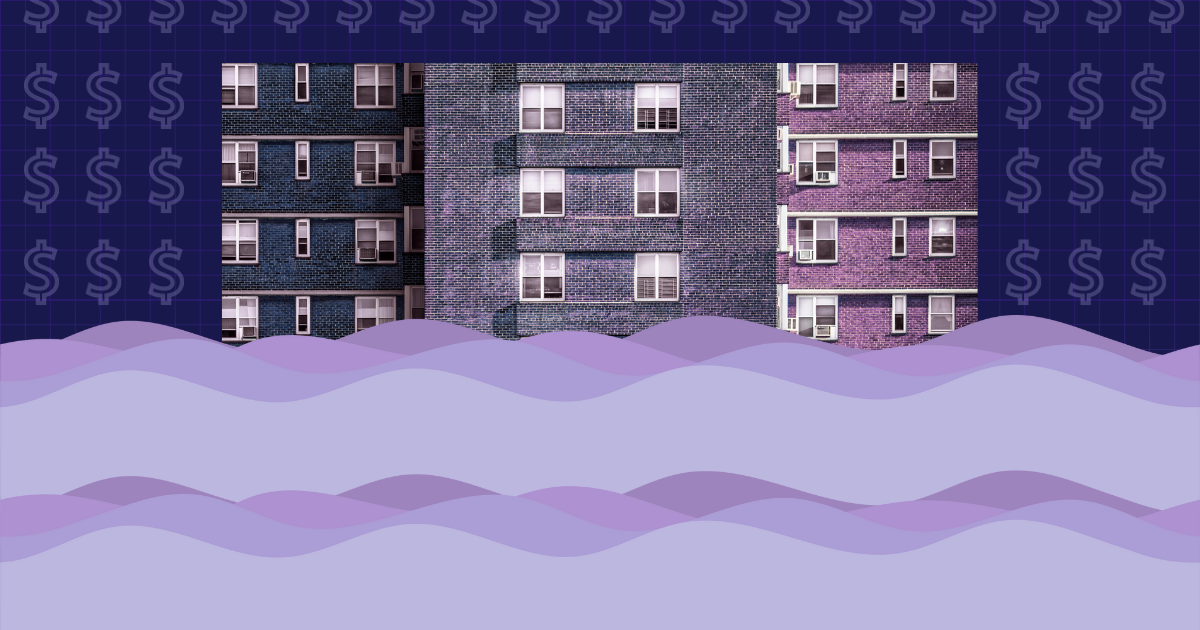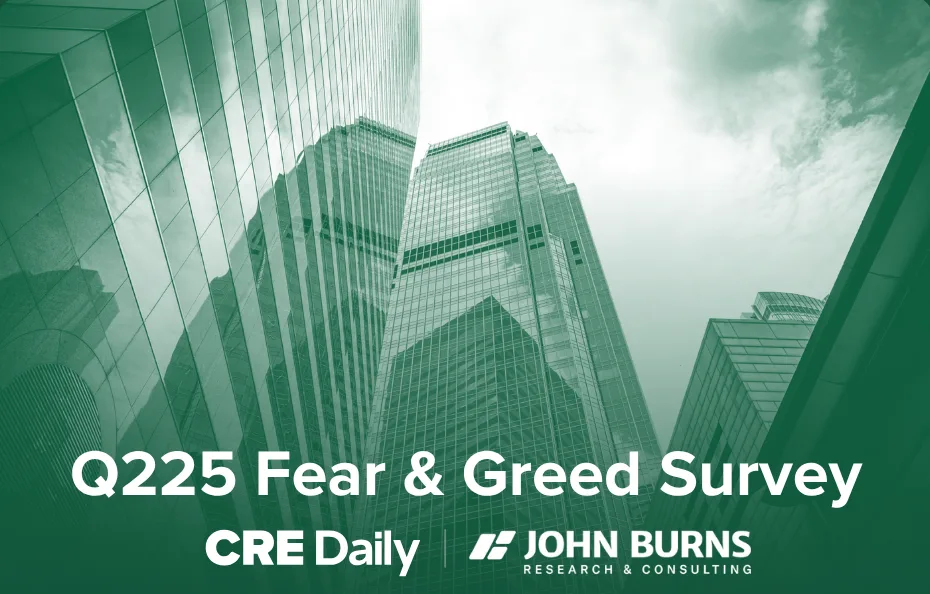Soaring Costs Threaten US Apartment Market
The U.S. apartment market, once a booming investment during the pandemic, is now showing signs of distress.
Together with
Good morning. We’re excited to bring back the second edition of the CRE Fear and Greed Sentiment Survey in partnership with John Burns Research and Consulting. This survey aims to understand shifts in investor sentiment across all CRE sectors as well as future expectations in investment strategies.
Responses are 100% anonymous, and nothing will be traced back to you. Survey participants will get early access to the report.
Today’s issue is brought to you by BetterPitch.
👋 First time reading? Sign up.
🎁 Want free merch? Share this.
Market Snapshot
|
|
||||
|
|
*Data as of 1/5/2024 market close.
MULTIFAMILY DISTRESS
Soaring Costs Threaten US Apartment Market
The U.S. apartment market, once a booming investment during the pandemic, is now showing signs of distress. As borrowing costs skyrocket, short sellers are eyeing opportunities for profit.
Soaring costs: The initial attraction to multifamily was fueled by low rents and cheap access to capital. However, the tides have turned with borrowing costs spiking, rents stabilizing, and competition increasing. As a result, the financial pressure is mounting for landlords, with Fitch Ratings anticipating a 2x increase in the delinquency rate of these assets to 1.3% in 2024, surpassing pandemic levels.
Mounting debt: An alarming $1 trillion in multifamily debt is set to mature by 2028. This massive amount raises concerns over potential defaults and losses for banks and bondholders. “I expect a great deal of pain in multifamily as we adjust to a higher interest rate environment along with a lot more supply hitting the market in 2024,” said Daniel McNamara, founder of hedge fund Polpo Capital, which is betting against commercial mortgage bonds.

Distress signals: The alarm bells are ringing loud in the multifamily sector, with MSCI Real Assets pinpointing over $67 billion at risk – the highest in any property asset class. This includes high-end complexes and downtown high-rises, where lower occupancy rates are being observed. Investors like Viceroy Research are targeting prominent lenders in the apartment market, such as Arbor Realty Trust Inc., due to their distressed loans. Meanwhile, Lennar Corp. is considering selling more than 11,000 apartments to mitigate losses.

➥ THE TAKEAWAY
What happens next? Experts believe the distress will be concentrated in markets that have experienced rapid growth, like Boise, Phoenix, and Austin. Borrowers in these areas might need to increase their equity contributions due to higher rates and lower cash flow growth. While this represents significant stress in multifamily, it is not viewed as an industry-wide crisis.
SPONSORED BY BETTERPITCH
Focus on your deal, not your deck
Do your firm’s pitch materials need a facelift? From fundraising to track records, BetterPitch offers a proven, done-for-you pitch.
BetterPitch completes all design, copywriting, and market research. That’s right, they research the most compelling data to illustrate and support your investment thesis. Your days of moonlighting as a designer and analyst are over.
The best part? They deliver the final product in a PowerPoint file for you to use on future deals!
✍️ Editor’s Picks
-
REIT launch: Morgan Stanley is set to introduce a real estate investment trust focusing on long-term net-leased properties.
-
Off the rails: Elie Schwartz, CEO of Nightingale Properties, failed to meet the deadline for the first payment in a settlement plan to reimburse investors for over $50M in misappropriated funds.
-
NYC architects: Gensler was the most active architect in NYC according to The Real Deal’s 2023 annual rankings.
-
Legislative balance: The recent bill signed by the governor, deemed a disaster by landlords and a victory by tenant advocates, actually represents a compromise between both perspectives.
-
Corporate relocations: According to a CBRE report, only 18 companies announced headquarters relocations as of October 2023, marking the slowest relocation volume in at least five years.
🏘️ MULTIFAMILY
-
LA construction dip: In 2023, Los Angeles County began construction on just over 8,000 market-rate units, marking the lowest annual start level since 2012.
-
Refinance: CW Realty, led by Cheskie Weisz, secures a $56 million loan from HIG Capital to refinance a multifamily property in Brooklyn, swiftly replacing previous debts.
📦 INDUSTRIAL
-
Industrial shift: Cushman & Wakefield’s Q4 report shows the industrial vacancy rate rising to 5.2%, crossing the 5% mark due to continued speculative construction and muted demand.
-
Tesla and Texas: After starting construction on the world’s second-largest factory in Austin in 2020 and moving its HQ there, Tesla continues its regional growth with plans to lease and renovate an industrial warehouse 30 miles from the plant.
🏪 RETAIL
-
Deal: Akris, a Swiss luxury fashion house, secures a prime retail location in Manhattan for $40.6 million, marking a significant investment in New York’s high-end real estate market.
-
Low ABV: The once-thriving craft brewery industry faces a downturn in 2023 due to rising costs and changing consumer habits, highlighting the end of a boom era.
🏢 OFFICE
-
Conversion: A hotel developer acquired a 386K SF vacant office complex in downtown San Diego, aiming to convert it into a hotel and residential tower.
-
Recovery: Despite challenges, year-end leasing deals in Dallas-Fort Worth led to a net positive office leasing space in 2023, indicating a rebound in the office market.
-
Distress: In Washington, D.C., the top 10 collateralized office loans in distress as of December total over $1 billion, covering 4 million square feet, reports CRED iQ.
CHART OF THE DAY
In 2023, U.S. industrial properties largely retained high lease rates with significant rent increases, but newly built big-box distribution centers struggled to find tenants amid higher interest rates and reduced demand.
Despite a low national vacancy rate of 5.6%, the surplus of new industrial spaces has been challenging, particularly affecting the 350 million square feet of newly completed but unleased projects.
What did you think of today’s newsletter? |





















